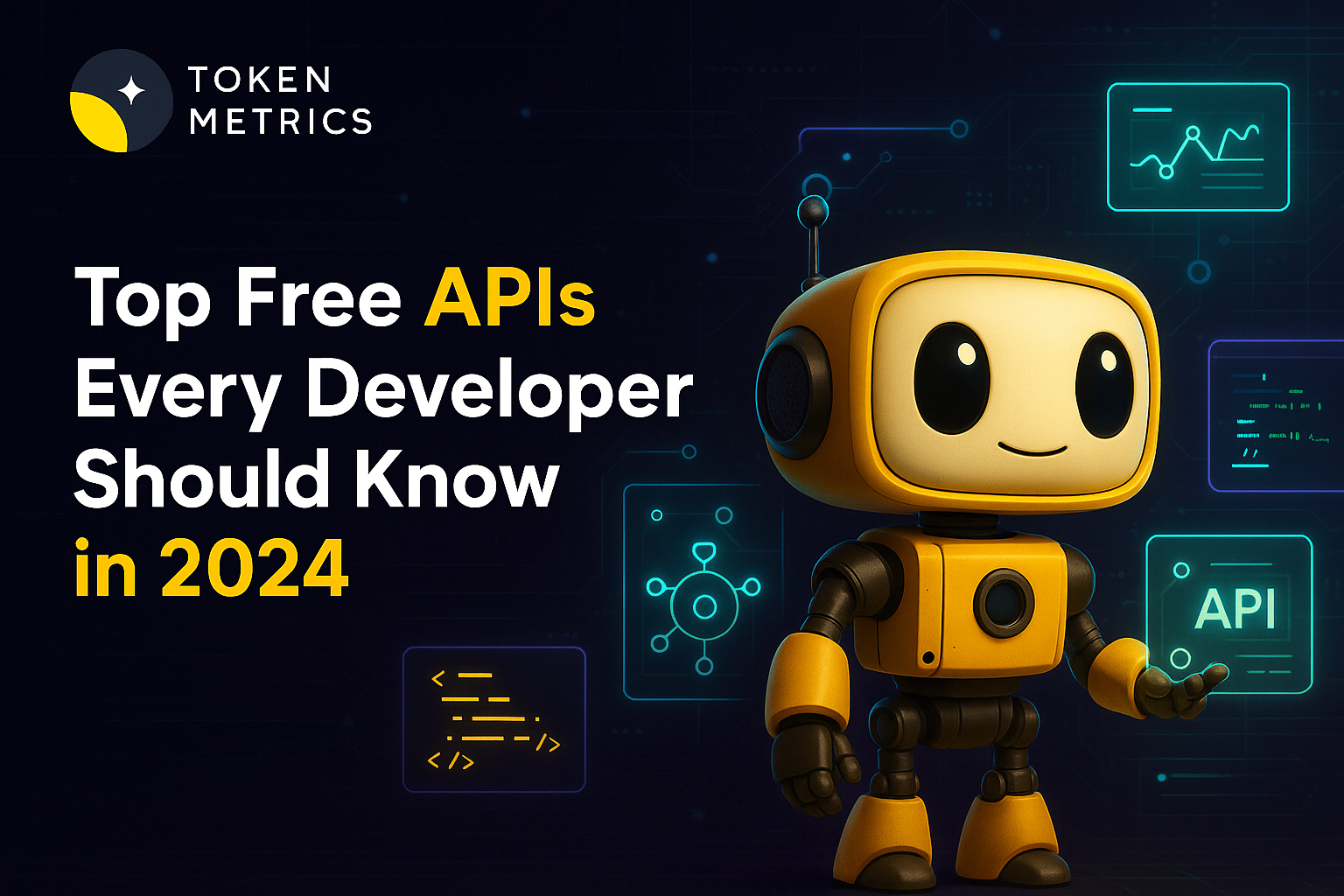Crypto Index Fund: How AI Is Revolutionizing Crypto Index Investment

The Rise of Crypto Index Funds
As the cryptocurrency market matures, investors are increasingly seeking structured and diversified ways to participate without picking individual tokens. Just as index funds transformed traditional finance, crypto index funds are reshaping digital asset investing. These funds allow investors to gain broad exposure to the crypto market through a single investment vehicle, making them a compelling choice for both new and experienced participants.
But in a fast-moving, data-heavy environment like crypto, efficiency is everything. This is where AI-enhanced crypto index investment comes in—offering smarter rebalancing, risk management, and data-driven selection strategies that outperform traditional index methodologies.
What Are Crypto Index Funds?
A crypto index fund is a digital asset investment product that tracks the performance of a group of cryptocurrencies, typically weighted by market capitalization, theme, or other quantitative factors. Similar to traditional index funds in equities (like the S&P 500), a crypto index aggregates tokens into a single, trackable basket, allowing investors to diversify easily.
Key Features of Crypto Index Funds:
- Diversification: Spread risk across multiple crypto assets.
- Passive Investment: No need to actively trade or research individual tokens.
- Low Fees: Typically lower management costs than hedge funds or active trading.
- Rebalancing: Regular updates to maintain target weights and asset mix.
- Transparency: Index compositions and methodologies are usually public.
Popular Crypto Index Themes:
- Top 10 or Top 25 by Market Cap
- DeFi Index: Includes projects like Uniswap, Aave, Compound.
- AI Tokens Index: Focused on artificial intelligence crypto projects.
- NFT Index: Tracks platforms like Blur, Rarible, or OpenSea tokens.
- Meme Coin Index: A speculative basket for high-risk investors.
Why Crypto Index Investment Is Gaining Popularity
Crypto markets are volatile, fast-moving, and often driven by unpredictable narratives. Many investors, especially institutions or those new to the space, are uncomfortable managing a portfolio of dozens of altcoins. That’s where crypto index investment provides a safe entry point.
Benefits of Crypto Index Funds:
- Reduced Volatility: Spreading capital over multiple assets cushions against extreme swings.
- Time-Saving: Investors don’t have to stay glued to charts or news.
- Risk Management: Poor performers get phased out during rebalancing.
- Benchmarking: Investors can measure their returns against established crypto indices.
The Problem with Traditional Crypto Index Funds
Despite their advantages, most crypto index funds still rely on static rule sets:
- Fixed Rebalancing Intervals: Usually monthly or quarterly, which may not align with real-time market shifts.
- Market Cap Bias: Overexposure to large-cap tokens can dilute exposure to high-growth assets.
- No Signal Integration: They ignore on-chain activity, social sentiment, or developer metrics.
In a market as dynamic as crypto, these limitations mean missed opportunities and reduced alpha.
Enter AI: The Future of Efficient Crypto Index Funds
AI is revolutionizing how crypto indices are built, managed, and optimized. By ingesting real-time data from hundreds of sources, AI-powered systems can outperform static, rules-based indices in terms of returns, risk mitigation, and adaptability.
How AI Enhances Crypto Index Investment:
- Dynamic Rebalancing Based on Signals
- Instead of rigid monthly rebalancing, AI uses market signals (e.g., momentum, trend strength, liquidity) to adjust allocations daily or even hourly.
- Example: Exiting meme tokens during a bearish shift, reallocating to AI tokens gaining traction.
- Sentiment Analysis and News Detection
- AI scans Twitter, Reddit, Telegram, and news sites for bullish/bearish sentiment, helping identify trends before they go mainstream.
- This is crucial for niche tokens with limited historical data.
- On-Chain Metrics and Smart Contract Activity
- AI monitors transaction volumes, active wallets, staking ratios, and developer commits to detect growth or decline before prices reflect it.
- Risk-Adjusted Weighting Models
- Rather than simply weighting by market cap, AI uses volatility, Sharpe ratio, and correlation models to dynamically assign weights.
- This reduces overexposure to volatile assets and boosts overall portfolio efficiency.
- Backtesting and Optimization
- AI can simulate thousands of portfolio combinations over historical data to find optimal strategies based on the user’s risk profile.
Real-World Example: AI-Driven Crypto Index Platforms
Some platforms are already pioneering AI-powered crypto indices:
- Token Metrics AI Indices: Combine machine learning with market sentiment to allocate and rebalance crypto portfolios automatically. They feature bullish and bearish signals that guide when to enter or exit an index.
- Bitwise & Galaxy Indices: Though more traditional, they’re beginning to explore data-driven rebalancing and smart beta strategies.
- DeFi Pulse Index (DPI): A static sector index for DeFi, but when enhanced with AI (e.g., incorporating protocol usage data), it could evolve into a dynamic performer.
The Future: Personalized AI Crypto Index Funds
Imagine a world where your crypto portfolio isn’t just passively tracking a fixed list—but actively evolving based on your risk profile, market trends, and even your trading behavior.
AI will enable:
- User-Customized Indices: Choose themes (e.g., AI, RWA, Gaming) and let AI build and manage the ideal mix.
- Automated Exit Strategies: AI detects early warning signals and reallocates your funds to stablecoins.
- Goal-Based Investing: AI manages your crypto portfolio to hit a target (e.g., 15% annualized return or reduce drawdowns under 10%).
Final Thoughts: Best Crypto Index Investing Starts with AI
Crypto index funds offer a powerful solution for investors looking to simplify their entry into the world of digital assets. But in a space defined by speed, volatility, and complexity, static methods are quickly becoming outdated.
By incorporating AI into crypto index investment, the future becomes more adaptive, predictive, and personalized. Whether you're a passive investor or an active trader looking for an edge, AI-powered crypto indices are unlocking a new frontier in digital wealth creation.
Create Your Free Token Metrics Account

.png)




%201.svg)
%201.svg)


%201.svg)










.svg)




.png)